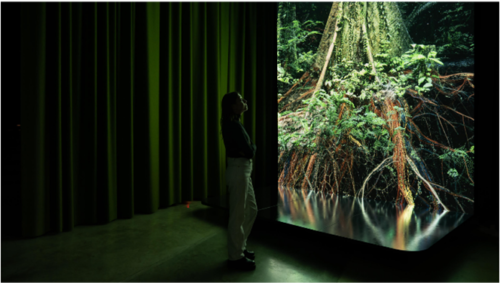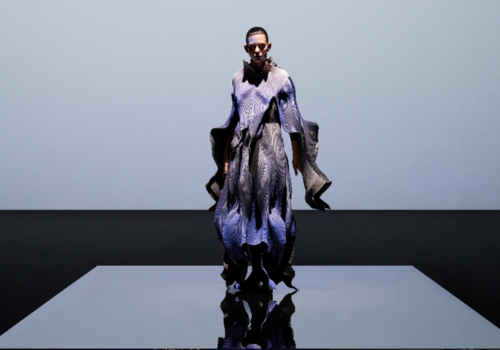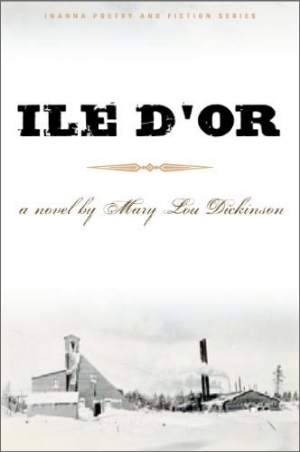Last December, John and I enjoyed a mini holiday in Quebec City. It’s an absolutely beautiful town. While there, we decided to explore the Museum of Civilization and saw two fascinating exhibits. One is concerned with ecology and the environment, and the other with Hip Hop music.
I learned a tremendous amount from both, but the one I want to explore this month is the one on ecology – Our Time on Earth. The Barbican, an arts, learning, and conference center in the heart of London, created this immersive experience.
This exhibit echoes how I think of the earth and our place in it.
Three things to know.
Here are three key takeaways that you might find intriguing:
- Interconnectedness of All Living Things: The exhibition beautifully emphasized the intricate connections between all species on our planet. It highlighted that humanity is just one part of this vast living system. From the air we breathe to the water we drink; every aspect of our existence is intertwined with the well-being of the Earth. Recognizing our interconnectedness with nature is essential for a harmonious coexistence.
- The Importance of Sustainable Practices: The exhibition showcased innovative approaches to reduce humanity’s ecological footprint. It presented ideas from mycelium panels for soundproofing to ‘biomade’ fabrics grown from living cells. And it demonstrated how embracing sustainable design, technology, and agriculture practices can contribute to a more harmonious relationship with the planet. Organic, permaculture, and regenerative agriculture were also considered alternatives to our conventional food-growing methods.
- Imagining a World in Harmony: The exhibition went beyond presenting our planet’s challenges and encouraged visitors to envision a world where humanity and the Earth are in harmony. By exploring the intersections of design, art, technology, science, and culture, the exhibit provided a glimpse into a future where our actions contribute positively to the planet’s well-being. This optimistic perspective inspired us to think creatively about how we can shape a sustainable and interconnected future.
In my mind, I broaden our interconnectedness by including the cosmos. As Brian Swimme explains in his award-winning documentary, Journey of the Universe, the cosmos gave birth to the stars, the stars gave birth to the planets, and our planet, Earth, gave birth to us; we are part of the cosmos.
The exhibit had both John and I so captured in its messaging and immersive presentations that neither of us took photos. I pulled a couple of pictures from the Barbican’s website to help you visualize the experience and one from the designer’s site.
There is no waste in nature.
When we think about it, there are trillions of tiny bugs in the soil and in the air. Those that regenerate the leaves and branches and so-called waste in the soil so plants can grow. Those that pollinate so that fruit and vegetables can grow. The list goes on and on. For sustainability, we must mimic nature.

This photo is of the video demonstrating a tree’s role as “a living bridge between the soil and the sky.” It showed nutrients absorbed by the roots and the tree producing oxygen through photosynthesis. We are all interconnected for our health and well-being.

This dining experience had us imagine sitting and eating along with other species. Amazing.

Designer Yuma Nakazato used brewed protein in their 2021 winter collection. The sustainable future is here. | Photo from Yuma Nakazato’s website.
We are responsible for “our time” on Earth.
Our Time on Earth is a powerful reminder of our responsibility to the Earth and offers practical insights into how we can make positive changes in our lives.
I have just given a short overview of the exhibition. Although it is no longer showing in Quebec City, the exhibition is definitely worth seeing if it comes to a city near you. I guarantee you will gain a deeper appreciation for the beauty of our interconnected world. I know I did; I feel ever more deeply about the importance of our connections to every species on earth – and the universe.
Take care,
~~Ellen
P.S. Remember, all these connections to all beings are through our energy. Keep your energy in balance for a better life.
Quote
I ran across this statement and felt it was appropriate for this connected post. Enjoy.
“Mushrooms are the temporary reproductive structures of massive, seldom seen, subterraneous creatures, more closely related to you than to plants. Fungi! Some are miles wide; some live for thousands of years. Some help trees speak to one another. There is magic beneath the forests.”
The Cryptonaturalist




Recent Comments